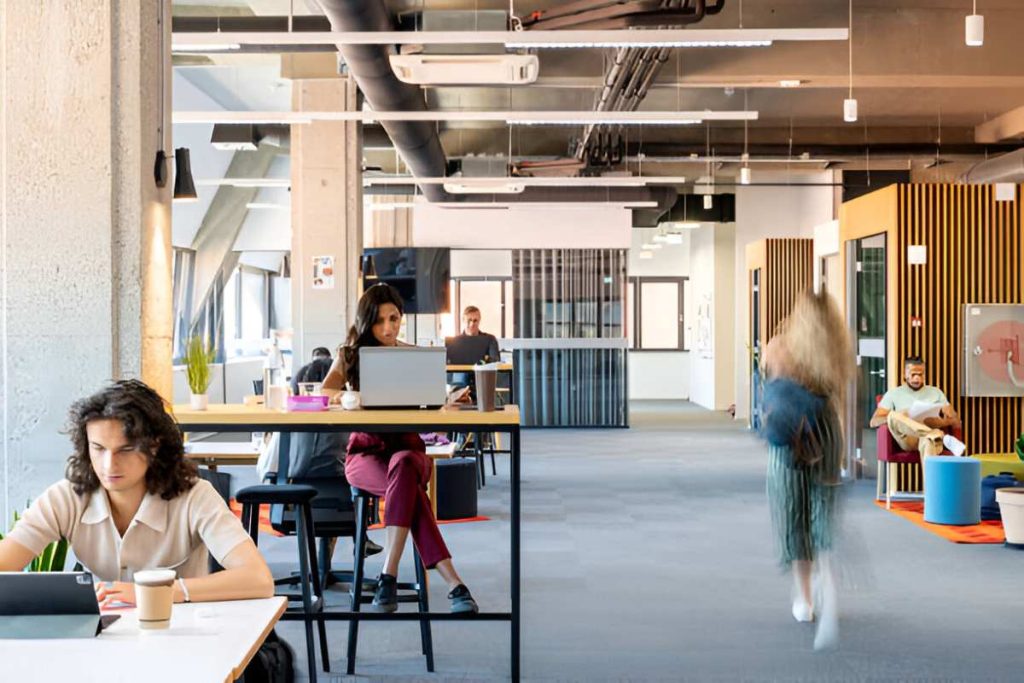Imagine a workspace of your choice, networking with professionals, and amenities matched exactly with a corporation’s. All without being tied down to reams of traditionalist ideas about office life. In real life, therefore, coworking spaces are the great wave of what might be called officeless work. Coworking spaces are not just another fad in the workplace but a game-changer of this period, characterized by flexibility, collaboration, and innovation.
How do these dynamic environments, then, change the way we work, and why could they be the future of office space:
Table of Contents
The Evolution of Coworking Spaces
The concept of a coworking space became popular during the mid-2000s. When the appearance of the workforce changed, and freelancers and startups were targeted, the places were flexible and economical concerning general leases. Their appeal has spread to a CrossFit-like mix of remote workers, small businesses, and even large firms. It signals a change in workplace culture to add flexibility, community, and collaboration.
Enhanced Productivity and Innovation
Coworking spaces are special centers where productivity goes hand in hand with innovation. Its infrastructure provides for a wide range of working environments, from quiet and individual to collaborative work settings, in which people can work according to the tasks they set for themselves. The open layout and common space in these centers lead to impromptu interactions and a free flow of ideas to exercise creative problem-solving and explore new opportunities in business. Many coworking spaces offer workshops, networking events, and mentorship programs, serving as additional spurs to further professional development and innovation.
Networking and Community Building
Probably one of the most integral advantages of coworking spaces is the ability to network and build a community. Coworking spaces bring professionals from all imaginable sectors under a single roof, instead of traditional office spaces where most of the interaction used to take place between colleagues in a single company. Such environments allow for collaboration and knowledge sharing among its members, making up a lively community of like-minded people.
Access to Premium Amenities
Members of coworking spaces enjoy premium amenities familiar with, if not better than, what’s in traditional workspaces. Such facilities may include ergonomic furniture, state-of-the-art technology, fully equipped kitchens, health facilities, and rest zones. Such facilities ease off the pressure from a person’s work-life balance and help employees be well and hence more productive with their jobs.
Future of Coworking Spaces
Therefore, the growing demand for flexible work arrangements could point to favorable futures for coworking spaces. More and more large companies consider coworking spaces part of their real estate strategy as they offer flexibility in working arrangements—driving innovation. Additionally, business organizations are steadfast in promoting hybrid working models, which allow workers to work partly from home and partly in the office, fostering even more the adoption of coworking spaces. Coworking spaces are more than just the hype; they embody the shifting dynamics in contemporary workplaces.
Whether you are a freelancer seeking an imaginative community, a startup firm needing cheap solutions, or a corporation looking to boost employee satisfaction, coworking spaces are the trump card for dynamism and versatility within the modern workforce. Embrace coworking spaces and discover how they will transform your work life.

